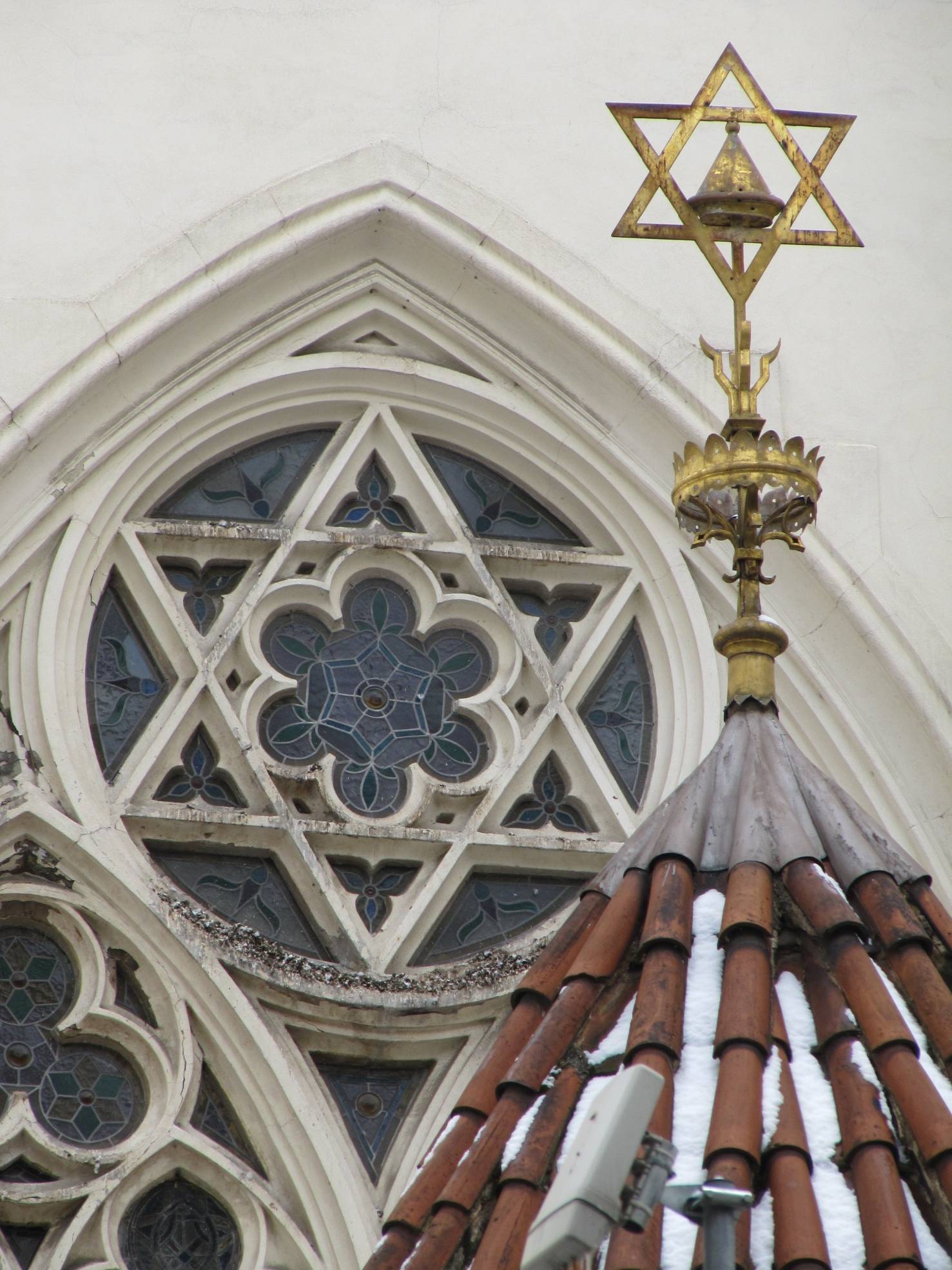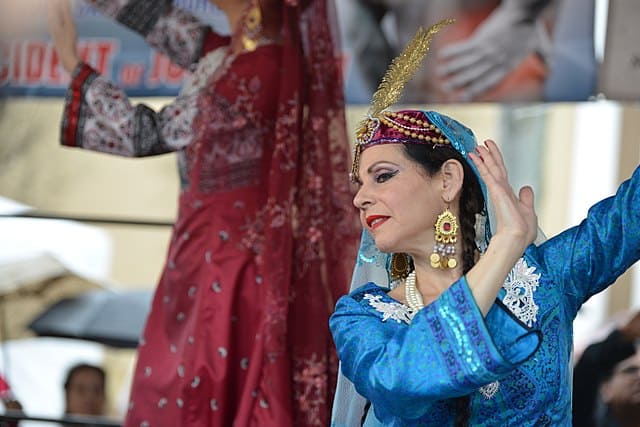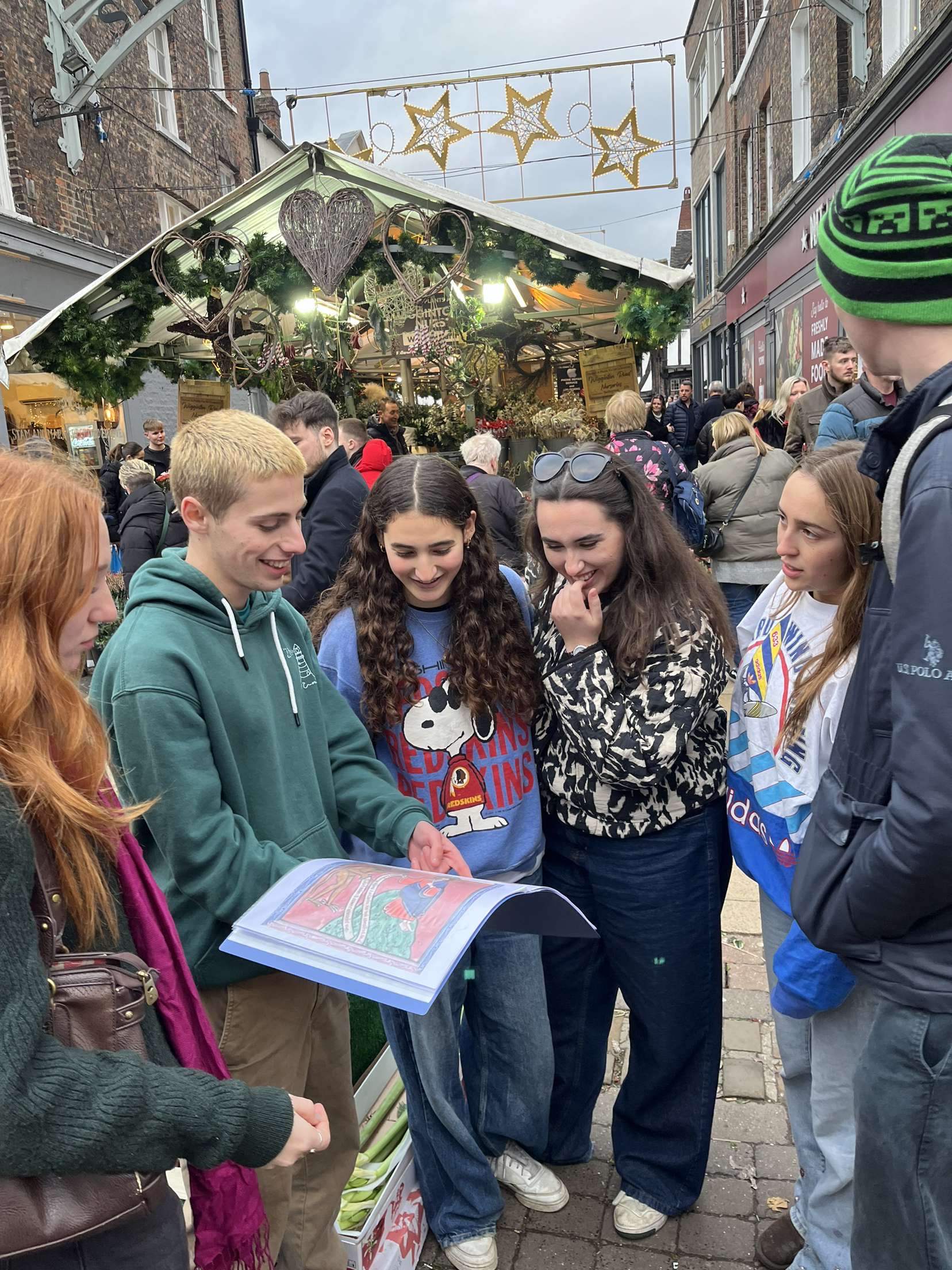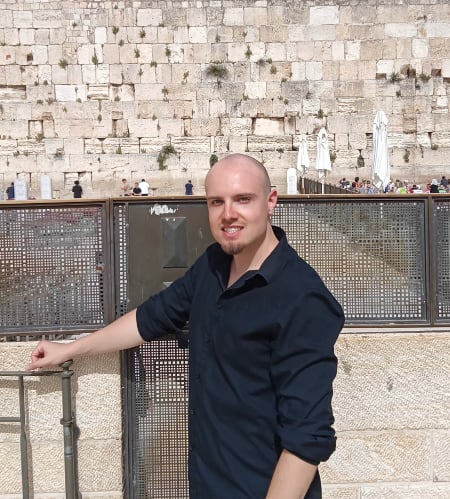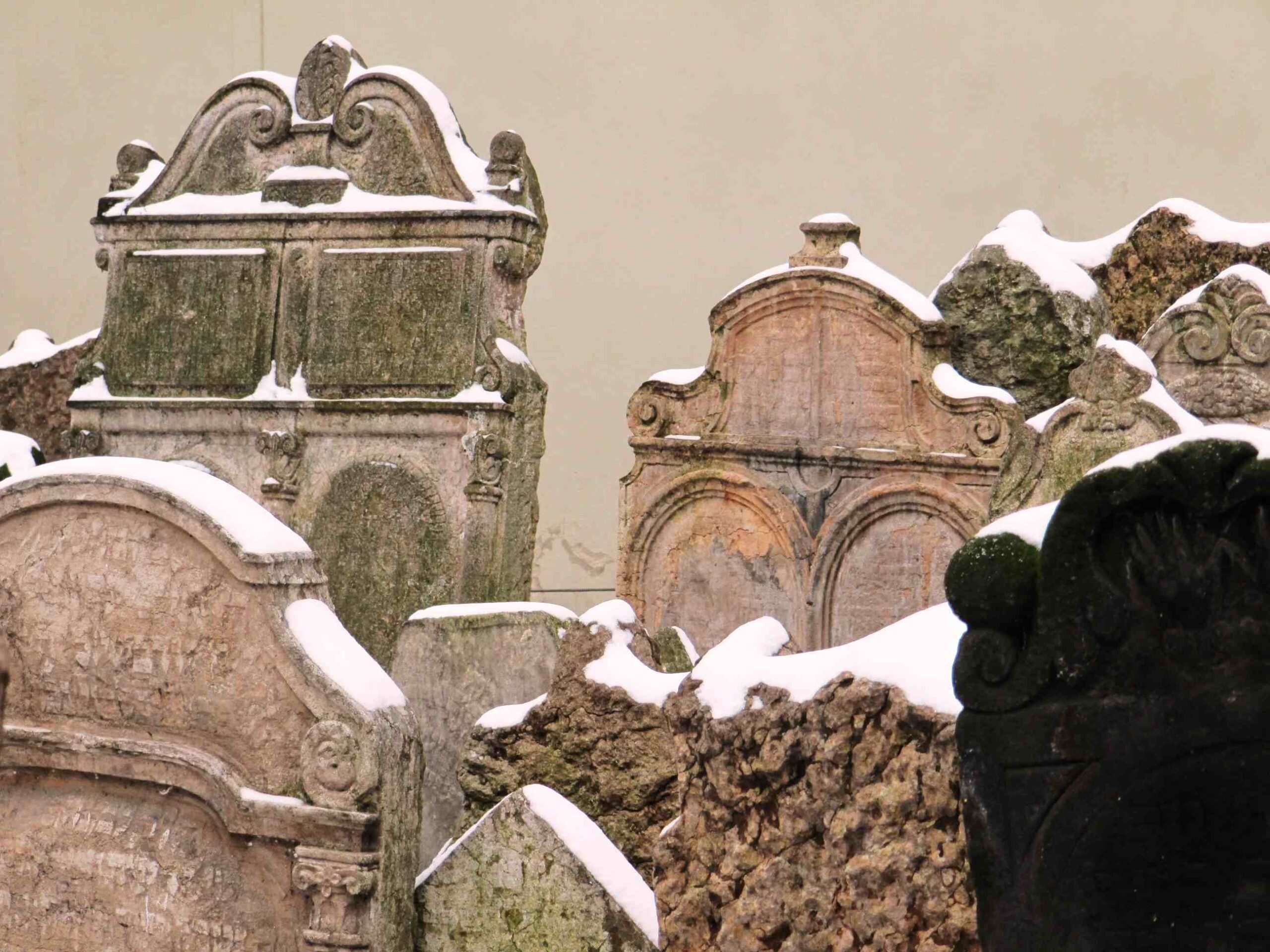Nowruz Day, also known as the Persian New Year, is a vibrant cultural event celebrated by Jewish communities and others around the world. Typically falling close to the spring equinox, this ancient holiday symbolizes renewal, hope, and the joyous arrival of a new season. It is an event rich in tradition and heritage, bringing people together in a warm, celebratory atmosphere to honor centuries of history.
The Origins of Nowruz Day
Nowruz Day traces its roots back to ancient Persia, where it originated as a celebration of renewal and growth. Over time, Jewish communities in regions influenced by Persian culture embraced this day, adding their unique cultural layers to its observance. This enduring festival has been lovingly preserved through generations, becoming a shared cultural treasure celebrated in numerous countries throughout the Middle East, Central Asia, and beyond. Its longevity can be attributed to its universal themes of renewal and connection, which resonate across diverse communities.
For Jewish families in particular, Nowruz represents an opportunity to honor dual cultural identities while celebrating the shared values of unity, renewal, and hope for the future. From bustling metropolitan cities to peaceful rural towns, the festivities unite people across borders and generations.
Celebrating Nowruz Day Traditions
Wondering how to celebrate Nowruz? The day is marked by a host of joyous traditions. Festivities often start with the preparation of the iconic “haft-sin” table, featuring symbolic items such as sprouting greens, sweet puddings, and coins to represent renewal, prosperity, and abundance. Throughout the day, attendees enjoy traditional meals, including herb-studded rice dishes and pastries, connecting through the shared experience of food.
Lively cultural activities help bring Nowruz to life. Festivals, lectures, and discussions provide opportunities to reflect on history and meaning, while music and dance imbue the day with an extra spirit of celebration. Traditional attire is also proudly worn, showcasing intricate designs and patterns that tell stories of ancient craftsmanship and artistry.
Cultural Significance of Nowruz
The cultural significance of Nowruz extends far beyond its colorful traditions. For Jewish attendees, it offers a moment to reflect on history, identity, and the blending of cultural influences that have shaped their heritage. The event brings families and communities together, fostering a sense of unity and continuity while highlighting the beauty of diversity in Jewish cultural expression.
Nowruz Day isn’t just a celebration of a new year; it is a reminder of resilience, renewal, and the enduring human spirit. Whether you are a first-time attendee or a seasoned participant, the experience is not only enriching but also deeply inspiring.
Looking for a Persian New Year celebration guide? Discover timeless traditions, meaningful customs, and rich cultural legacies that make Nowruz Day an unforgettable experience. Explore more about this day and plan your next cultural adventure with World Jewish Travel!


